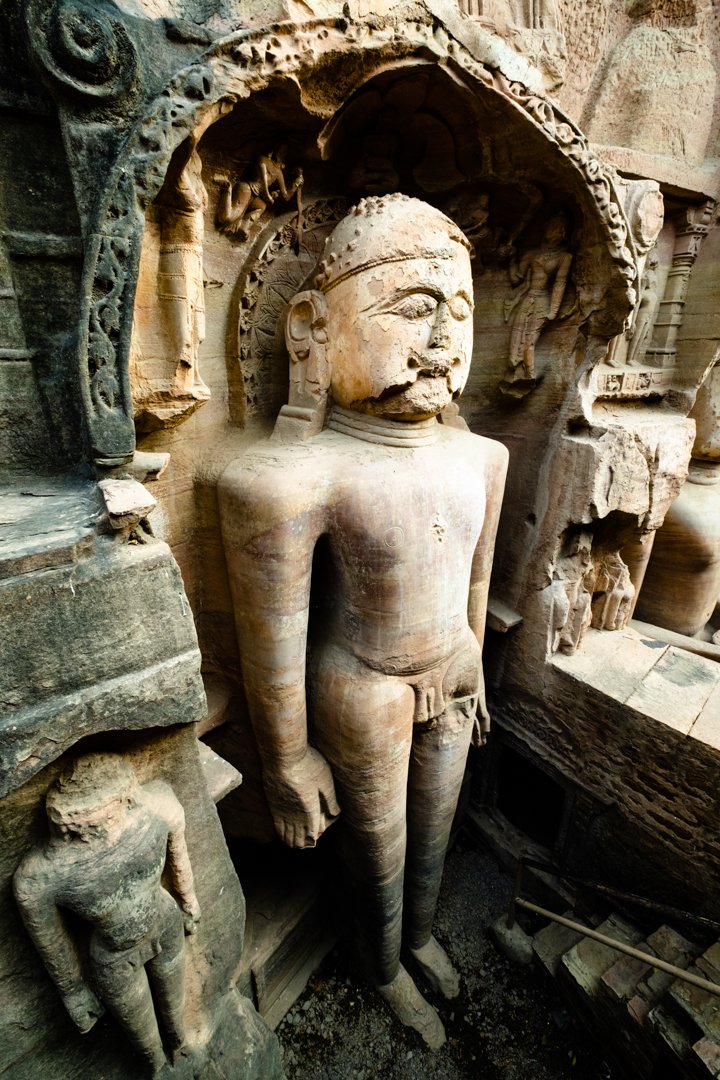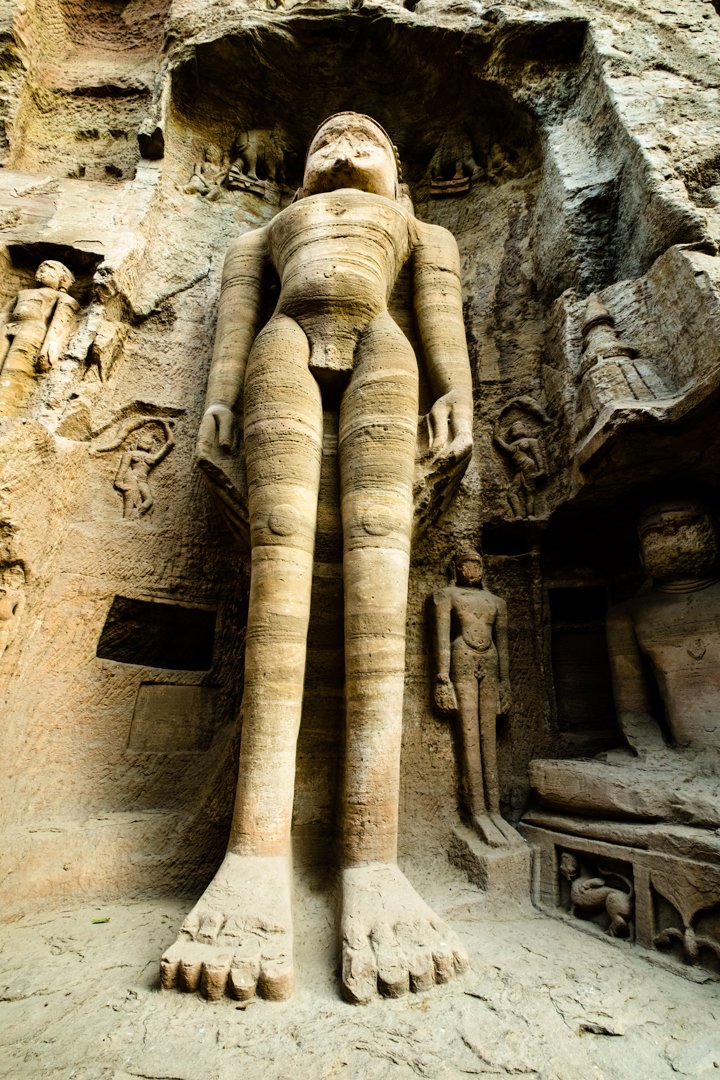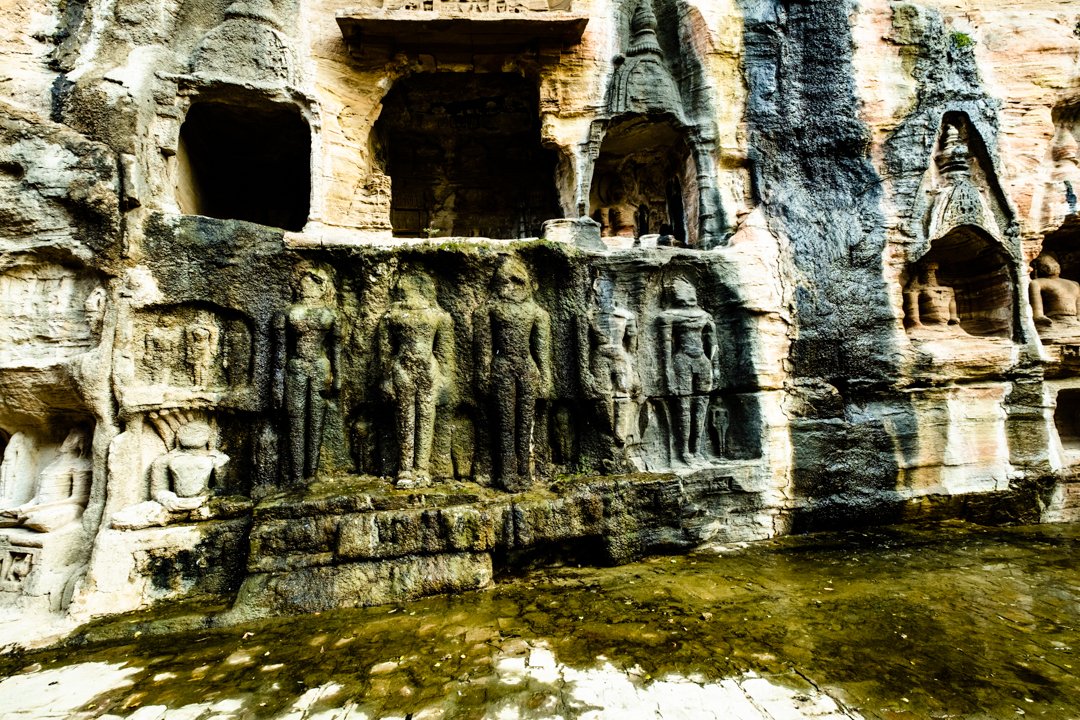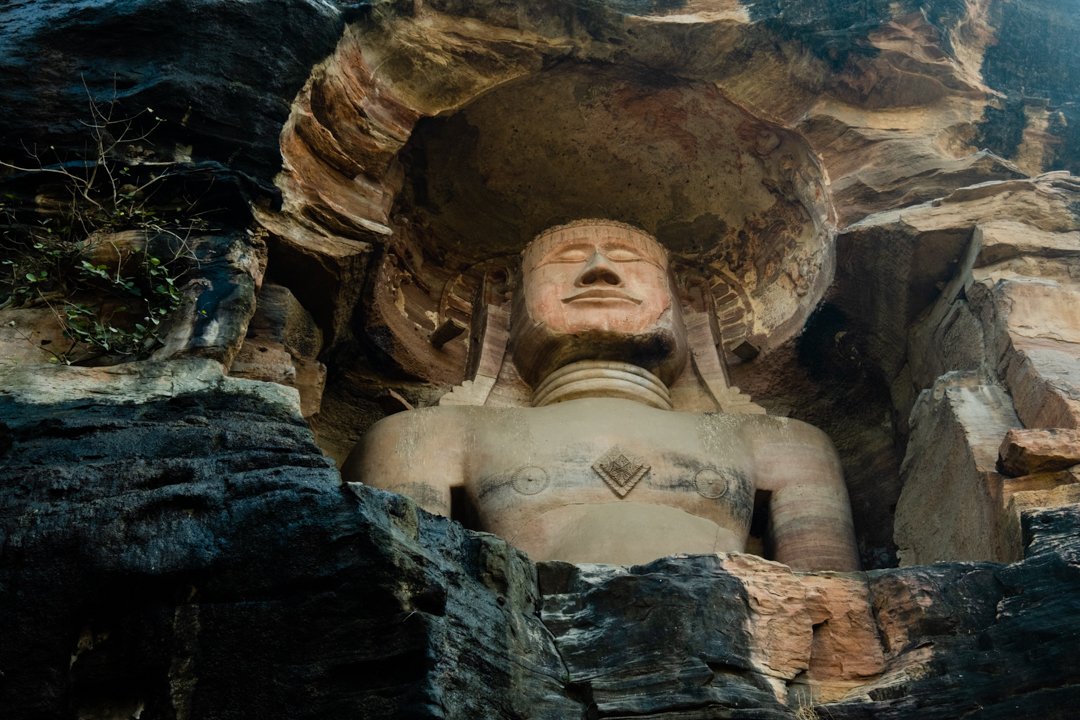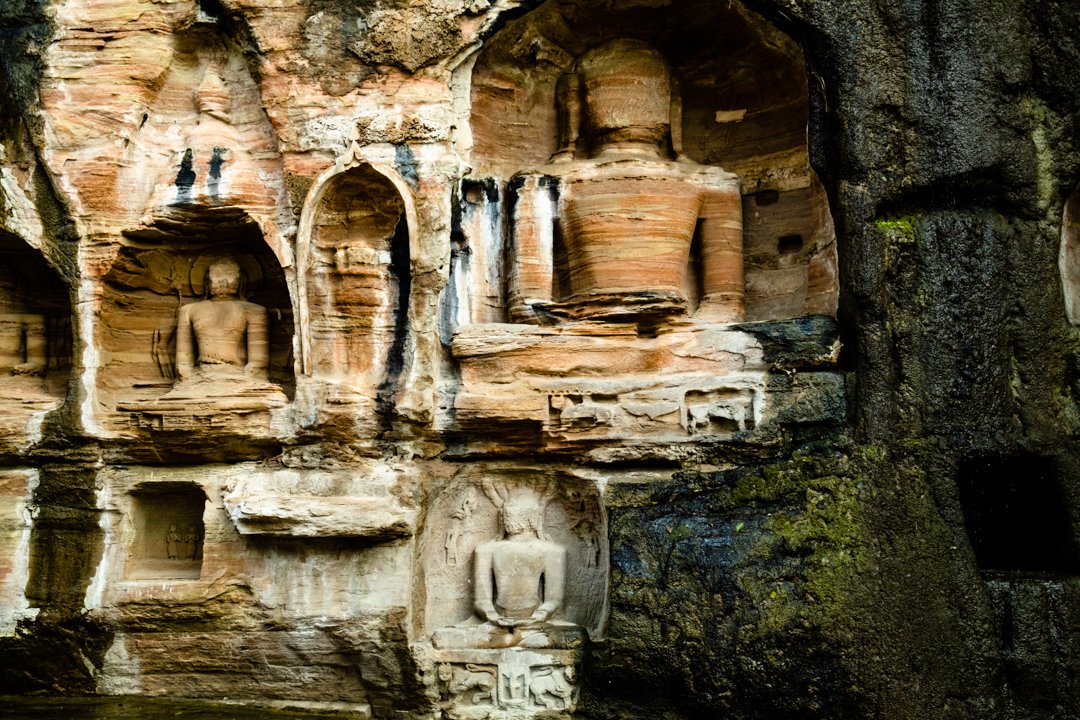After an 8 hour drive from Jaipur, we rocked up in Gwalior - a city in the central Indian state of Madhya Pradesh. We chose this place as it looked tranquil, beautiful and clean. Our accommodation was exactly that. Step outside and it was a different ball game. Gwalior is one of Modi’s many Smart Cities, where money has been invested. We thought this could be an interesting, developed place to visit. Well it’s not- in my opinion.
Gwalior is popular for its wide green cover all over the district - or so it claims. The pollution is the worst we have experienced. Little attempt appears to be made to improve the environment. The many brick-making chimneys on the outskirts create a thick dense smog that hangs over Gwalior by midday.
The lack of cars in the centre have simply been replaced by many noisy motorbikes and the planned new infra-structures have yet to have much effect. The roads are terrible in places which makes getting about slow and uncomfortable.
It’s the wedding season at the moment across India. Gwalior is a very popular place for weddings and has many complexes decorated ready to be hired. Many of the weddings celebrations we saw were taking place along the busy roadside with a piece of rope held around the dancing people.
There is a huge amount building-works on unused land around the outskirts of the city, creating sports complexes for differently-abled children, schools and housing. They are yet to be completed.
There are painted adverts everywhere, advertising education at all levels. Another element of the Smart City’s to-do list.I read that while the city has been progressing economically and financially, the availability of opportunities is apparently a lot less compared to New Delhi and other major cities. Students seeking good careers are apparently compelled to move out of Gwalior for better opportunities elsewhere. The higher level teachers do not have the required skills set.
Another Smart City plan is water 24x7 for everyone. We saw wells still being used to draw water in both town and countryside.
We ventured out on the first night to eat and unfortunately ended up with food poisoning, but on a positive note, our accommodation is a very lovely place to recover in.
The only reason tourists must venture to this part of India is to see the collection of temples out in the countryside and the rather beautiful fort looming over the town. On the way up to the fort there are the Gopachal rock-cut Jain monuments. The biggest statue reaching 57feet. They were an impressive sight.
We headed out into the countryside and visited the Bateswar Hindu Temples. A group of 200 sandstone stupas dating from the 6th century.
Since 2005, an archaeologist, KK Muhamed has restored about 60 of the temples and he is campaigning to get more done.
A school coach party arrived at the temple. They all rushed over and wanted to shake our hands. They were so excited. A lovely finish to our stay here.
Farewell Gwalior. We have a plane to catch…
